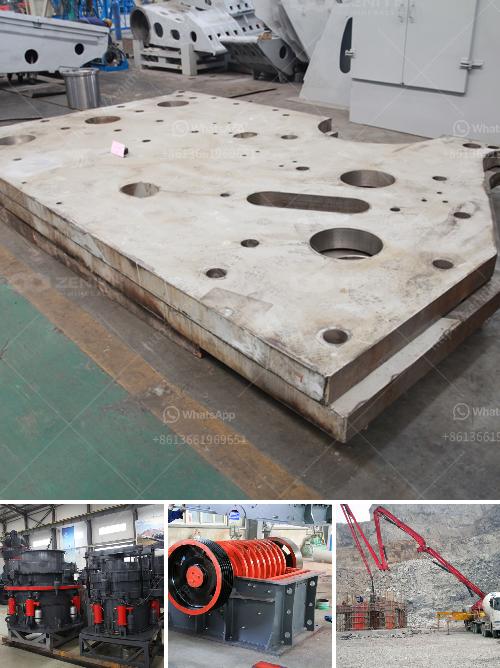The temperature of the mill grinding roller can become high due to several factors, including:
Insufficient Lubrication: If the bearings or other moving parts are not adequately lubricated, friction can increase, leading to higher temperatures.
Overloading: Excessive feed or materials that are too hard can cause the roller to work harder than it's designed for, generating more heat.
Poor Ventilation: Inadequate airflow around the mill can cause heat to build up, as the system cannot dissipate thermal energy effectively.
Worn-Out Components: Parts that are worn or damaged can create additional friction or require more power to move, both of which can raise temperatures.
Incorrect Roller Alignment: Misalignment can cause uneven wear and additional friction, contributing to higher temperatures.
Maintenance Issues: Lack of regular maintenance can lead to the accumulation of debris and dust, which can cause overheating.
High Ambient Temperatures: If the ambient temperature is already high, it can exacerbate the heating of the mill grinding roller.
Operational Settings: Parameters such as speed and pressure settings might need adjustment to suit the specific material being processed.
Addressing these issues typically involves a combination of proper maintenance, regular inspection, and ensuring appropriate operational settings to maintain optimal performance and prevent overheating.
